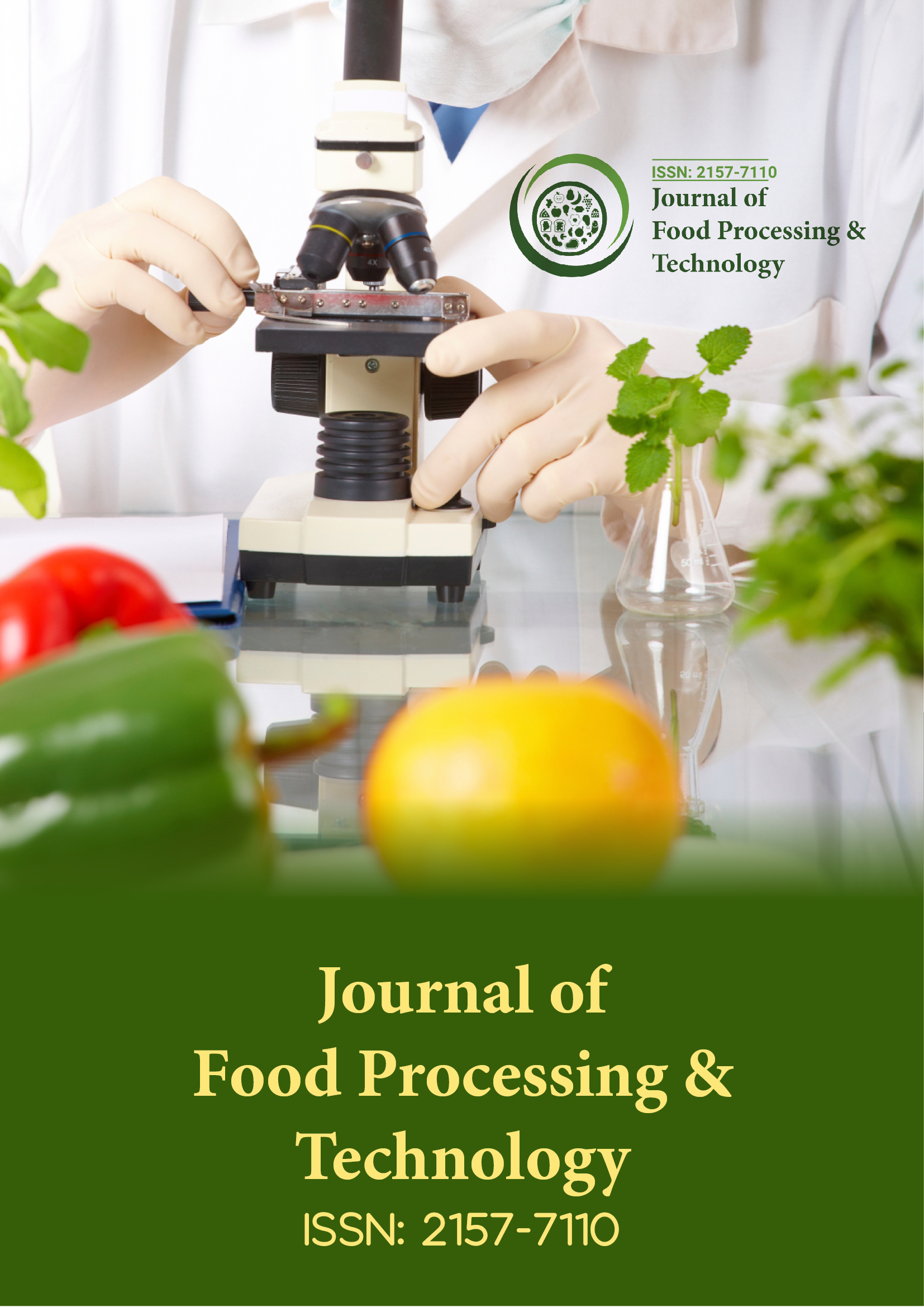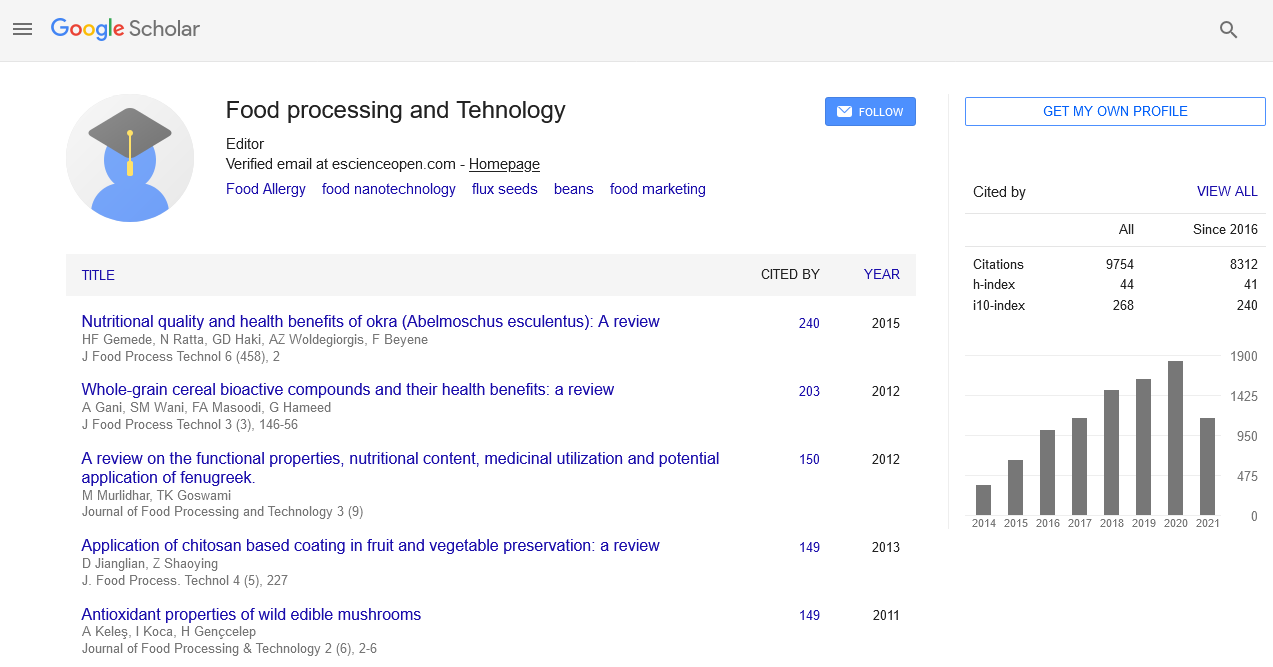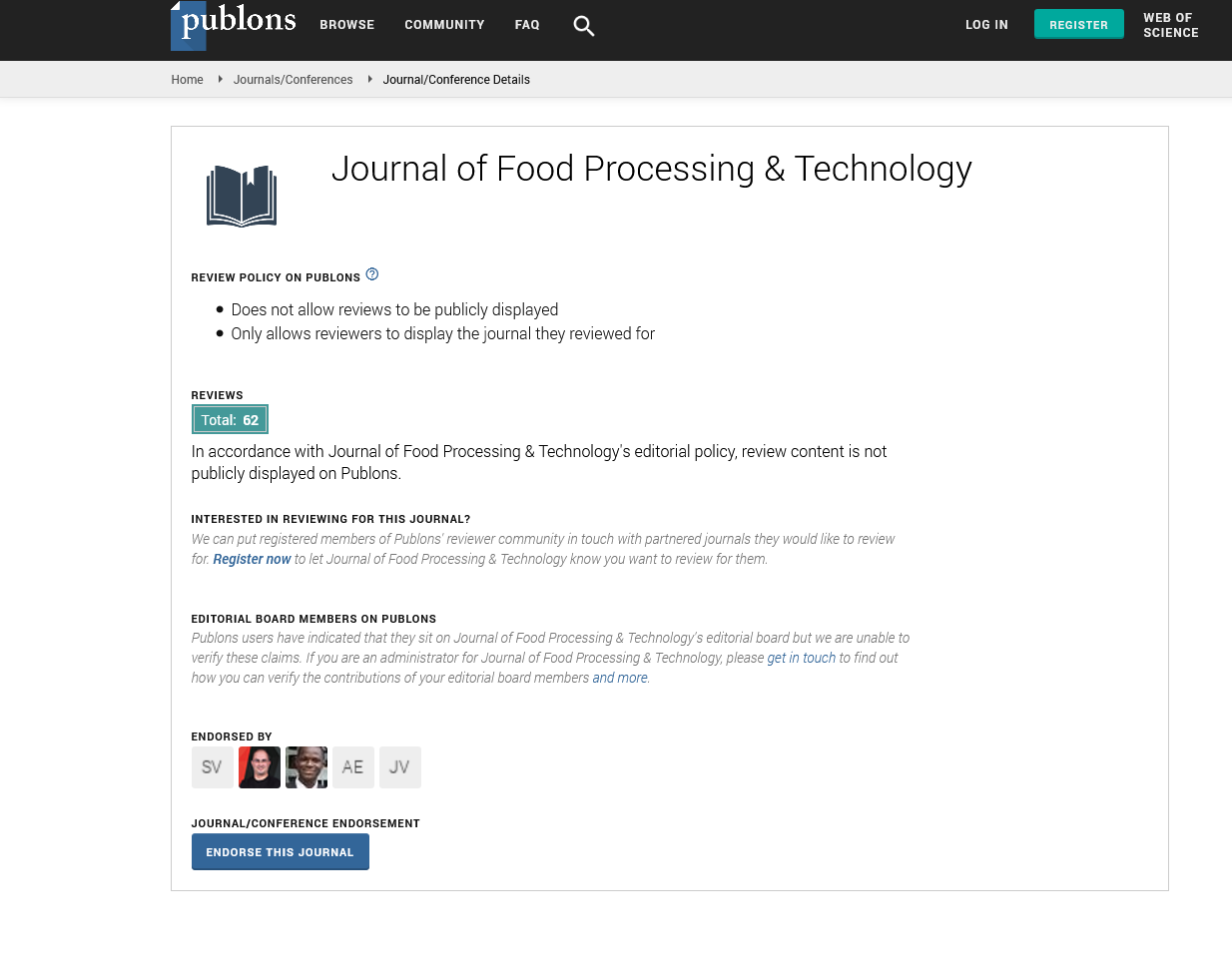Indexed In
- Genamics JournalSeek
- Academic Keys
- JournalTOCs
- China National Knowledge Infrastructure (CNKI)
- Access to Global Online Research in Agriculture (AGORA)
- Centre for Agriculture and Biosciences International (CABI)
- RefSeek
- Directory of Research Journal Indexing (DRJI)
- Hamdard University
- EBSCO A-Z
- OCLC- WorldCat
- Scholarsteer
- SWB online catalog
- Publons
- Euro Pub
- Google Scholar
Useful Links
Share This Page
Journal Flyer

Open Access Journals
- Agri and Aquaculture
- Biochemistry
- Bioinformatics & Systems Biology
- Business & Management
- Chemistry
- Clinical Sciences
- Engineering
- Food & Nutrition
- General Science
- Genetics & Molecular Biology
- Immunology & Microbiology
- Medical Sciences
- Neuroscience & Psychology
- Nursing & Health Care
- Pharmaceutical Sciences
Abstract
Polymeric Proteins Formation During Pasta-making with Einkorn (Triticum monococcum) and Semolina Mixtures and Effects on Cooking Behaviour and Acceptability
Agnello PD, Landriscina L, Schiavulli A and Lamacchia C
Pasta was produced in a pilot plant from semolina and semolina blended with increasing amounts of einkorn flour. According to size exclusion high-performance liquid chromatography (SE-HPLC), einkorn proteins interact with semolina proteins during pasta making, forming polymers of high molecular weight. Of these, the unextractable polymeric proteins (UPP) of pasta replaced with 50% einkorn were at significantly higher concentrations than in pasta made from semolina. The increase of S-S bonds and the decrease of –SH free groups in 50% einkorn pasta, with respect to that made of semolina, suggested that polymerization among the different class of proteins happen mainly through disulphide bonds. A decrease in stickiness and an increase in firmness in 50% einkorn pasta corresponded to the formation of large and insoluble protein aggregates.


